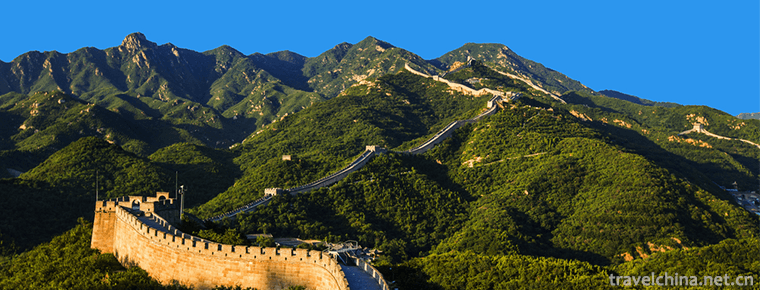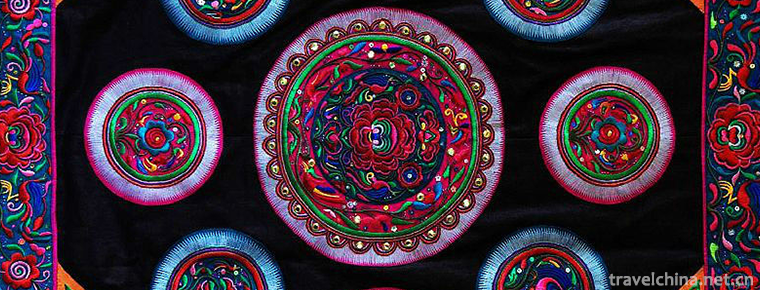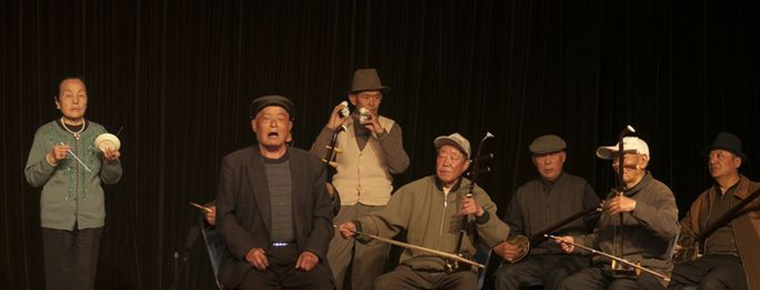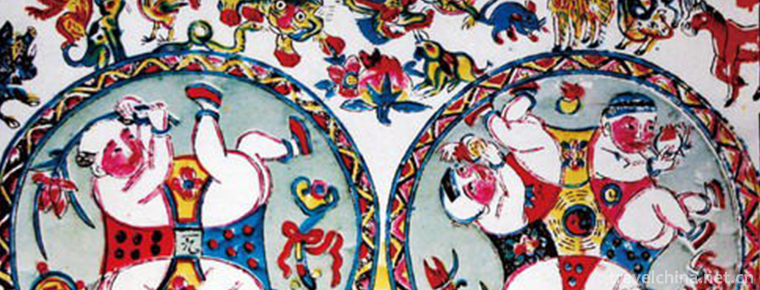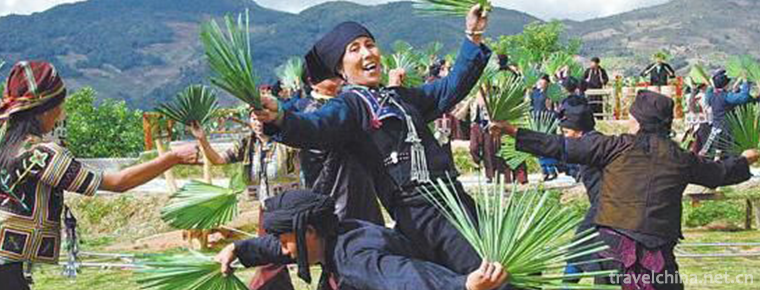Panzhihua from the Ming Dynasty to the Republic of China
Panzhihua from the Ming Dynasty to the Republic of China
In 1382, in the 15th year of Hongwu reign of the Ming Dynasty, the Xuanwei Department of paloros put Yunnan under the jurisdiction of Sichuan Chengxuan political envoys. In this place, there is another commander's Department of Sichuan Xingdu, which leads the lawsuits of five guards, eight institutes and four chief officials. Hexi city is under the jurisdiction of Puji and Weilong prefectures (later changed to long lawsuit) of jianchangwei military and civilian command department. Hedong is the territory of Hui Chuan Wei's Mi Yi thousand households. The eastern part of Jiangbei is located in Lixi Prefecture. Daping and the middle part of the north of the river are the jurisdiction of the zhongzuo Office (later divided into five) and malachang. The western part of Jiangbei is the territory of Zhili prefecture where Yunnan Province succeeded to announce its political mission. Jiangnan area is under the jurisdiction of Dayao County, Yao Prefecture, Yao'an Prefecture, Yunnan Province. So far, the city belongs to Sichuan and Yunnan.
In 1681, the Qing government actually controlled the area after the "San fan rebellion" was pacified. In the sixth year of Yongzheng reign (1728), Ningyuan Prefecture was established here and was subordinate to Sichuan Province. Xichang County, Mianning County, Yanyuan County, Zhaojue County and Huili prefecture were established as subordinate administrative regions. In the 26th year of Qianlong reign (1761), the Department of inspection was changed to shouyumi Qianhu and incorporated into huilizhou. In the 22nd year of Jiaqing (1817), the inspection department of Azola was set up in Yanyuan County. Xuantong first year (1909), upgraded to Yanbian hall, Zhili Ningyuan house. Therefore, Hexi is the jurisdiction of Puji and Weilong, which belongs to Xichang County; Hedong is the jurisdiction of Huili Prefecture; the east of Jiangbei is the jurisdiction of Huili Prefecture; the former Daping and the middle of Jiangbei are the territory of Yanbian hall. In terms of Yunnan Province, in the 34th year of Guangxu (1908), the old Yaping and huarongzhuang, which belonged to Zhili hall in Yongbei County, were designated as Rongping County, and later changed to Huaping County. The western part of the city is under the jurisdiction of Huaping County, and the south of the Yangtze River is the northern border of Dayao County.
In the Republic of China, Sichuan was still divided into two provinces. In the first year of the Republic of China (1912), it was changed into Huili sub Prefecture. In the second year of the Republic of China (1913), huilizhou was changed to a county; Yanbian hall was upgraded to a county, and Juque administrative committee member was set up in the northern border of Dayao. In the ninth year of the Republic of China (1920), it was changed into Huili County. In 1929, Yongren County was established in Juque administrative region. In 1935, Ningyuan Prefecture was changed to the 18th administrative supervision area of Sichuan Province. In 1939, along with the 18th administrative supervision district, the city was divided into Xikang province to the north of Jinsha River and to the east of BAGUAN river. In 1941, zhidechang set up a governing Bureau. It was promoted to county in 1945. City boundary: Hexi is under the jurisdiction of Dechang County from Xichang County; Hedong and Jiangbei East are Huili County; Daping and central Jiangbei are still Yanbian county. The above are under the jurisdiction of Xikang province. The western part of Jiangbei is Huaping County, and the Jiangnan area is under the jurisdiction of Yunnan Province from Dayao County to Yongren County.

Panzhihua from the Ming Dynasty to the Republic of China
-
Asihatu Stone Forest
Chaihe Tourist Scenic Spot has a total area of 1368.7 square kilometers, which is a national 5A tourist scenic spot. The area of Alshan City in Xing'an League is 7408.7 square kilometers, and Chaihe T
Views: 157 Time 2019-01-02 -
Great Wall of Ming Dynasty in Datong County
According to documents, the Great Wall of Qinghai Province in the Ming Dynasty was built in the middle of the Ming Dynasty. It lasted 51 years from 1546 to 1596.
Views: 179 Time 2019-01-07 -
Shandong Zhisheng Tangquan Tourist Resort
Shandong Zhisheng Tangquan Tourist Resort is located in Linyi City, Shandong Province. It is invested and constructed by Shandong Chenshi Home Estate Co., Ltd.
Views: 434 Time 2019-02-08 -
Sun Wu Ancient City Tourist Area
Sun Wu Ancient City Tourist Area is a series of scenic spots, such as Sun Tzu's Art of War City, Wusheng Garden, Ancient City Park and Moat Ring Water System
Views: 247 Time 2019-02-13 -
Rice custom
Wannian rice custom and Shangrao Wannian County custom are cultural heritage. Wannian is the "land of rice". The traditional rice custom has been passed down in this area for thousands of ye
Views: 143 Time 2019-04-26 -
Dong embroidery
Dong embroidery is an important branch of Chinese minority embroidery, which uses a needle to puncture and attaches various colored silk or cotton threads to the surface of the fabric to form various
Views: 146 Time 2019-04-27 -
Five Palace Tunes in Haizhou
Haizhou Five Palace Tunes is a traditional folk music with a long history. It is an important link of Ming and Qing folk songs in Jiangsu Province. It is a precious relic of ancient "Zhugong Tune
Views: 127 Time 2019-05-02 -
Wuqiang Wood Engraving New Year Picture
Wuqiang New Year's Painting is one of the traditional folk crafts in Wuqiang County, Hebei Province. It is named for its origin in Wuqiang County, Hebei Province. It is a unique style of Chinese folk
Views: 128 Time 2019-06-30 -
Brown Fan Dance
On the day of the grand Brown fan dance festival, adult men gather in groups on a square with their own delicacies and rice wine every day, and hold a large-scale Brown fan dance activities by arrangi
Views: 398 Time 2019-08-16 -
History of Mianyang
Mianyang, located in the south of Mianshan mountain, was named Mianyang in 1913 according to the ancient meaning of "south mountain and North Water" as "Yang".
Views: 162 Time 2020-12-14 -
Neijiang cultural undertakings
By the end of 2019, there are 121 performing arts venues in Neijiang City, including 6 cultural venues. There are 5 museums, 5 cultural relics protection and management institutions, 7 national key cultural relics protection units, 42 provincial cultural relics
Views: 302 Time 2020-12-16 -
Neijiang social security
In 2019, there were 109600 people participating in the endowment insurance (including retirees) of government institutions, 842500 people of enterprise employees (including retirees), and 1501700 people of urban and rural residents. 52100 new urban jobs
Views: 364 Time 2020-12-16

